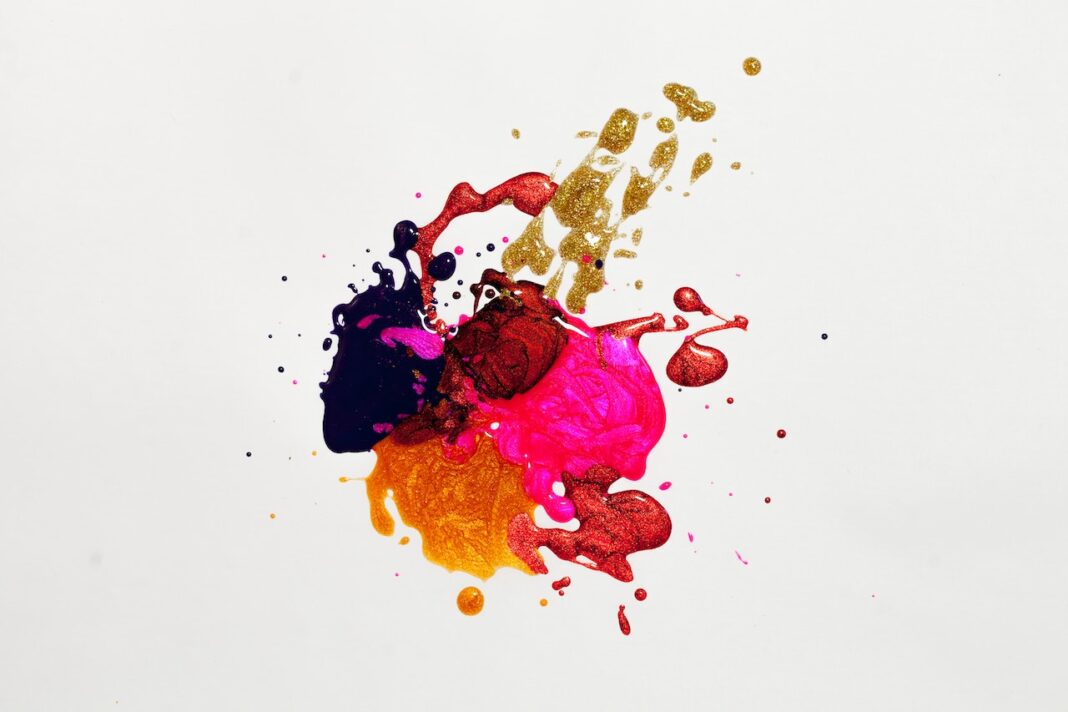Introduction
Are you a parent or teacher looking for ways to introduce your kids to the world of arts? Look no further! Arts is not only a form of self-expression but also an enriching experience that can open up their minds to new ideas and perspectives. From painting to music, there are various types of arts that can be explored. In this blog post, we’ll explore the fundamentals of arts and provide tips on how to teach your kids about it in a fun and engaging way. Let’s get started!
What is arts about?
Art is a broad term that encompasses various forms of creative expression. At its core, art is about communication and self-expression. It allows individuals to convey their thoughts, feelings, and ideas in a unique way that can be understood by others.
In addition to communication, art can be used to evoke emotions, explore identity, and express one’s own beliefs. Art can also be a way of connecting with others and exploring different cultures. It is a tool for self-discovery and for finding one’s place in the world.
Art has been an essential part of human culture for centuries. From ancient cave paintings to modern-day digital art, the ways in which people create and consume art have evolved over time.
No matter how it is expressed, art remains an important part of our lives and a way for individuals to express themselves.
Through art, we can explore different perspectives and gain insight into other cultures or experiences. Art also serves as a form of entertainment, providing us with an escape from our daily lives.
Whether it’s through painting, sculpture, music, dance or any other medium, creating and experiencing art can be incredibly rewarding. It allows us to tap into our creativity while also connecting with others on a deeper level.
Ultimately, arts are about understanding ourselves better while communicating complex emotions that words cannot express fully.
What are the fundamentals of arts?
Art is a form of expression that has been an integral part of human civilization for centuries. The fundamentals of arts are the building blocks that help individuals create and appreciate art in its many forms.
1. Elements of Art: Line, Shape, Color, Value, Texture, Form, Space
2. Principles of Design: Balance, Proportion, Emphasis/Hierarchy, Rhythm/Movement, Variety/Contrast
3. Creative Process: Idea Generation/Inspiration, Sketching/Drafting Ideas, Refining Ideas/Execution
4. Aesthetic Criticism: Interpretation/Analysis of Artwork
One essential aspect of arts is composition, which refers to how elements such as color, lines, shapes, texture, and space come together to create visual harmony or tension in a piece. Understanding composition allows artists to arrange these elements effectively and communicate their ideas with clarity.
Another fundamental aspect is perspective – understanding how objects appear smaller as they move further away from us – helps artists create depth in their work. Light and shadow also play key roles in creating the illusion of three-dimensional space on a two-dimensional surface.
Furthermore, knowing basic drawing techniques like contouring or shading can help aspiring artists capture accurate proportions and add dimensionality to their work. Familiarity with different media types such as paints or clay allows one to experiment with different textures and colors.
Mastering these fundamental concepts can unlock endless possibilities for creativity within an individual’s artistic journey.
What are the main types of arts?
Arts is a broad term that encompasses various forms of human expression. There are many types of arts, each with its unique characteristics and significance. Here are some of the main types of arts.
Visual arts include painting, drawing, sculpture, and photography. These forms use visual elements such as color, texture, and shape to create an impression or express emotions.
Performing arts cover music, dance, theatre and opera. These forms focus on live performances where actors or singers display their skills in front of an audience.
Literary art includes poetry, drama and fiction writing – these works aim at communicating a message through written words.
Media art involves creating artworks using digital technologies like videos or animation software for content creation.
Traditional crafts can be considered another type of art; weaving fabrics from different materials such as cottons or wools is an example.
It’s important to expose children to all these types early so they can find what appeals most to them!
How to teach kids about arts?
When it comes to teaching kids about arts, there are several different strategies that can be effective. One approach is to expose them to various types of art and encourage them to explore their own creativity. This could involve taking trips to museums or galleries, attending plays or concerts, or simply providing materials for drawing and painting at home.
Another approach is to incorporate arts education into their regular curriculum. Many schools offer classes in music, theater, dance, visual arts or media arts which can provide a solid foundation for future artistic endeavors.
It’s also important to remember that not all children will have the same level of interest in the arts. For those who may be hesitant or unsure where to start, offering gentle encouragement and positive reinforcement can go a long way towards building confidence and fostering a love of creativity.
Ultimately, the key is not just teaching kids about specific techniques or mediums but rather helping them develop an appreciation for the beauty and significance of art in all its forms. By nurturing this appreciation from an early age, we can help ensure that our children grow up with a deep understanding and respect for artistic expression as well as valuable skills they can use throughout their lives.


